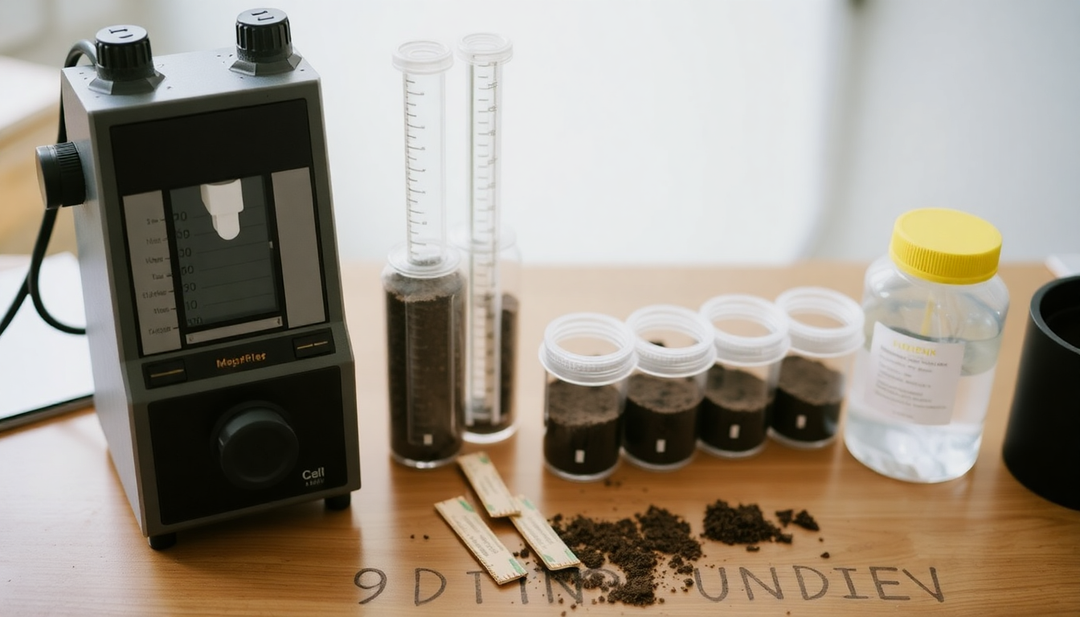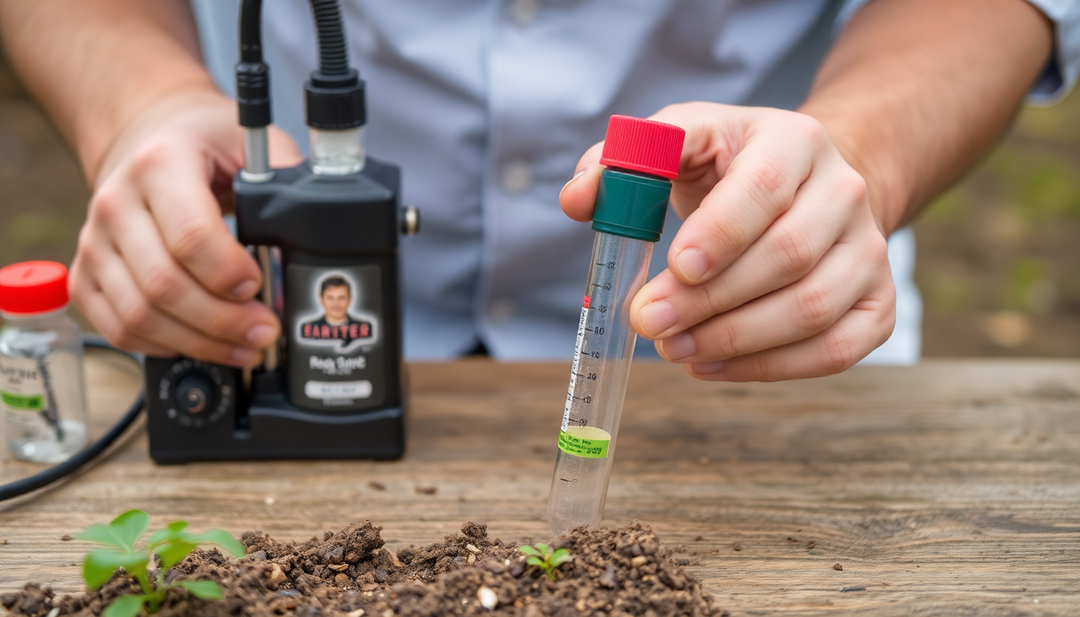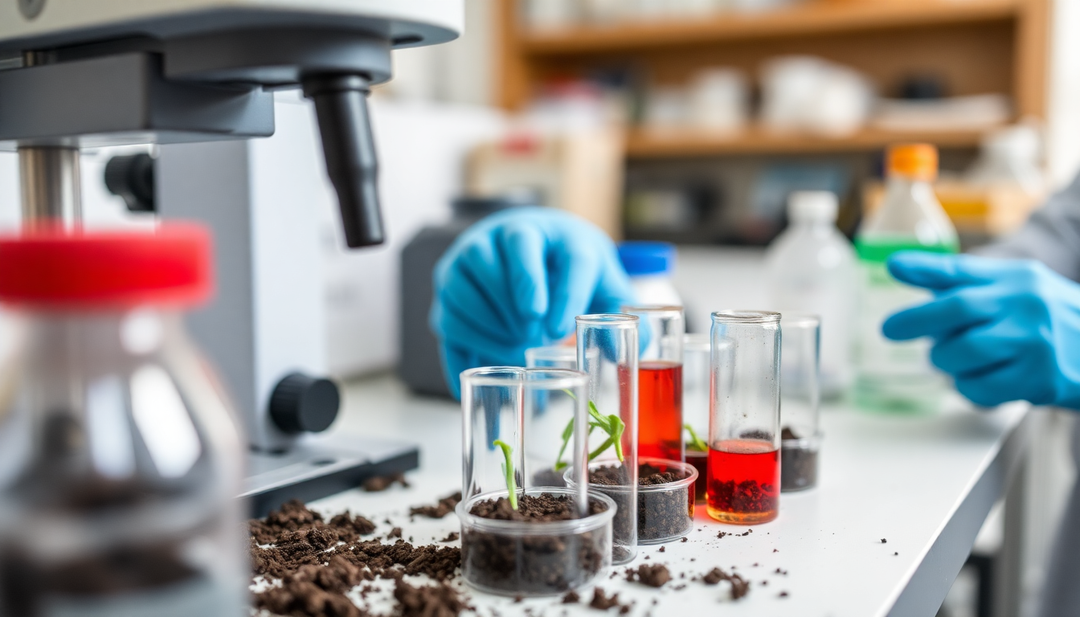The impact of PCBs in the environment: What risks for the living world?

The impact of PCBs: an insidious threat to the environment
Polychlorinated biphenyls (PCBs), synthetic organic compounds, were widely used by industry for decades. They were found in many products, such as electrical transformers, capacitors, paints, adhesives, and sealants. Their chemical stability and insulating properties made PCBs versatile and considered safe. However, over time, it became clear that these chemicals posed a serious threat to the environment and human health.
Persistence of PCBs in the environment
One of the main problems with PCBs is their persistence in the environment. They do not break down easily and can remain in soil, water, and air for long periods. They can also be transported long distances by air and water currents, contaminating distant regions. The persistence of PCBs means they can accumulate in the food chain, leading to high concentrations in animals at the top of the food chain, such as fish, birds, and marine mammals.
Risks to flora and fauna
PCBs negatively impact flora and fauna in several ways. They can:
- Affect the immune system, making animals more vulnerable to disease.
- Damage the liver, kidneys and central nervous system.
- Disrupt the hormonal system, leading to reproductive and developmental problems.
- Cause birth defects.
- Reduce fertility and increase mortality.
- Contaminate drinking water sources and food.
Studies have shown that PCBs can have adverse effects on birds, fish, mammals, and plants. The observed effects vary depending on the species and the concentration of PCBs to which the animal or plant is exposed.
Measures to protect the environment
Today, the production and use of PCBs are banned in most countries around the world. Indeed, these chemicals still persist in the environment, requiring measures to minimize their impact. Possible actions include:
- Proper management and disposal of waste containing PCBs.
- Monitoring of soil, water and food contamination.
- The implementation of programs to restore contaminated ecosystems.
- Public education on PCB risks.
Protecting the environment from PCBs is a long-term challenge. International collaboration and the combined efforts of the scientific community, governments, and businesses are necessary to reduce the risks associated with these chemicals. In this way, we can preserve our planet's biodiversity.
Conclusion
PCBs pose a serious threat to the environment and the living world. Due to their persistence, bioaccumulation, and toxic effects, these substances have significant consequences for fauna, flora, and human health. Therefore, rigorous measures are necessary to limit their impact. In this way, we can ensure the protection of ecosystems for future generations. It is also possible to carry out an analysis to quantify their presence in your soil .



